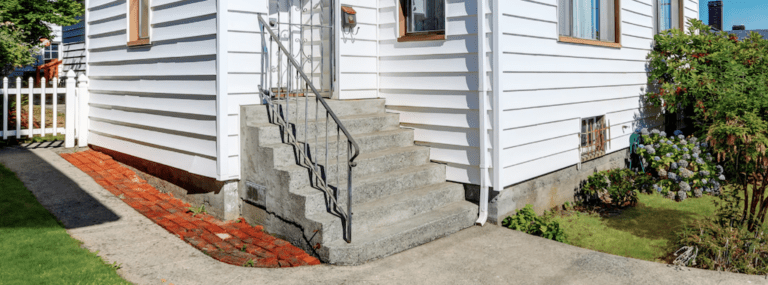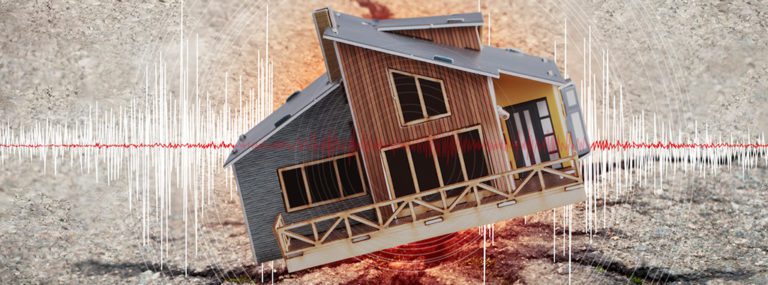On a mission to educate homeowners about high-wind retrofits
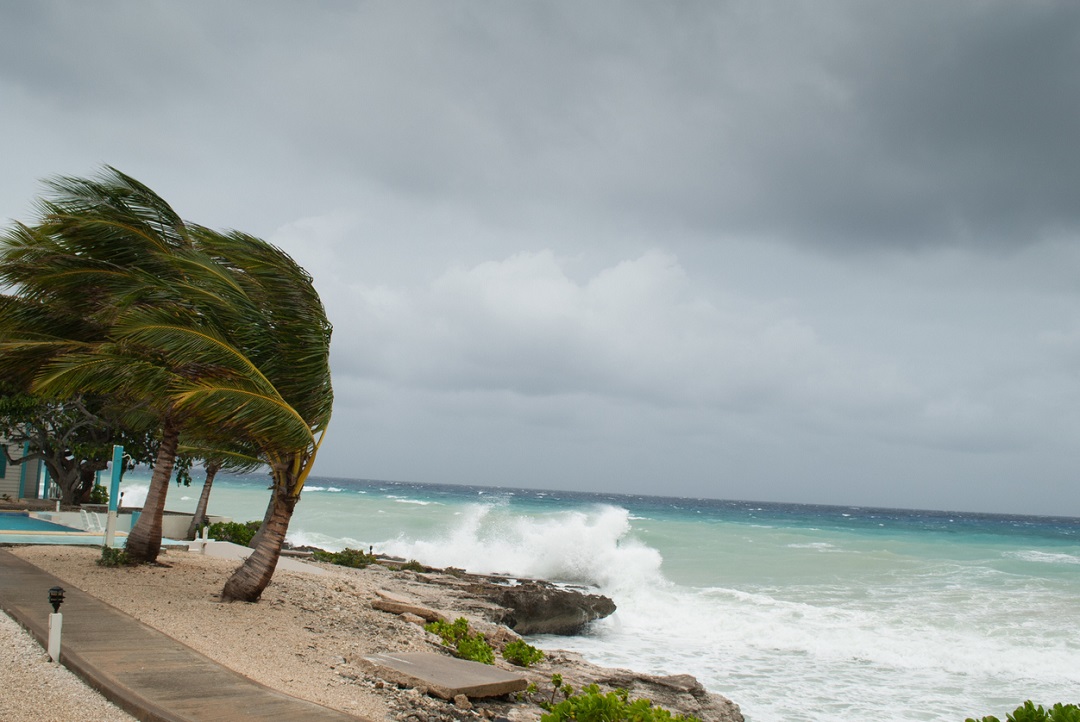
Like most lifelong residents of the Gulf Coast, Simpson Strong-Tie employee Cheryl Zafiris has a long personal history with hurricanes. Hers started right after she was born.
Cheryl, who is a territory manager for Residential Construction in the Mississippi Gulf Coast, Southern Alabama and the Florida Panhandle, was born in 1969 in Mississippi, a month before Hurricane Camille. A Category 5 hurricane, it was one of the worst hurricanes in history to hit that region.
During that storm, her mother cradled her newborn baby under a desk at the courthouse and later wrote in a baby book that she was terrified they weren’t going to make it. “She was so scared I wouldn’t live to my first birthday,” Cheryl says.
Cheryl has endured many more hurricanes since then. Among her most vivid memories is stepping outside during Hurricane Frederic in 1979 and looking up as the eye of the storm passed over her family’s home in Biloxi, Mississippi. “The wind was blowing one way, but when you went into the middle, it was calm. I remember how odd it was to see blue skies and birds. But then the wind changed direction and it was Armageddon again.”
It’s second nature for Cheryl to integrate her deep personal knowledge of hurricanes with her work at Simpson Strong-Tie. She joined the company in 2001 as a retail specialist, and she quickly became well versed in high-wind products since they made up the top 20 products in her region. Now as a territory manager, a large part of her job is education and awareness.
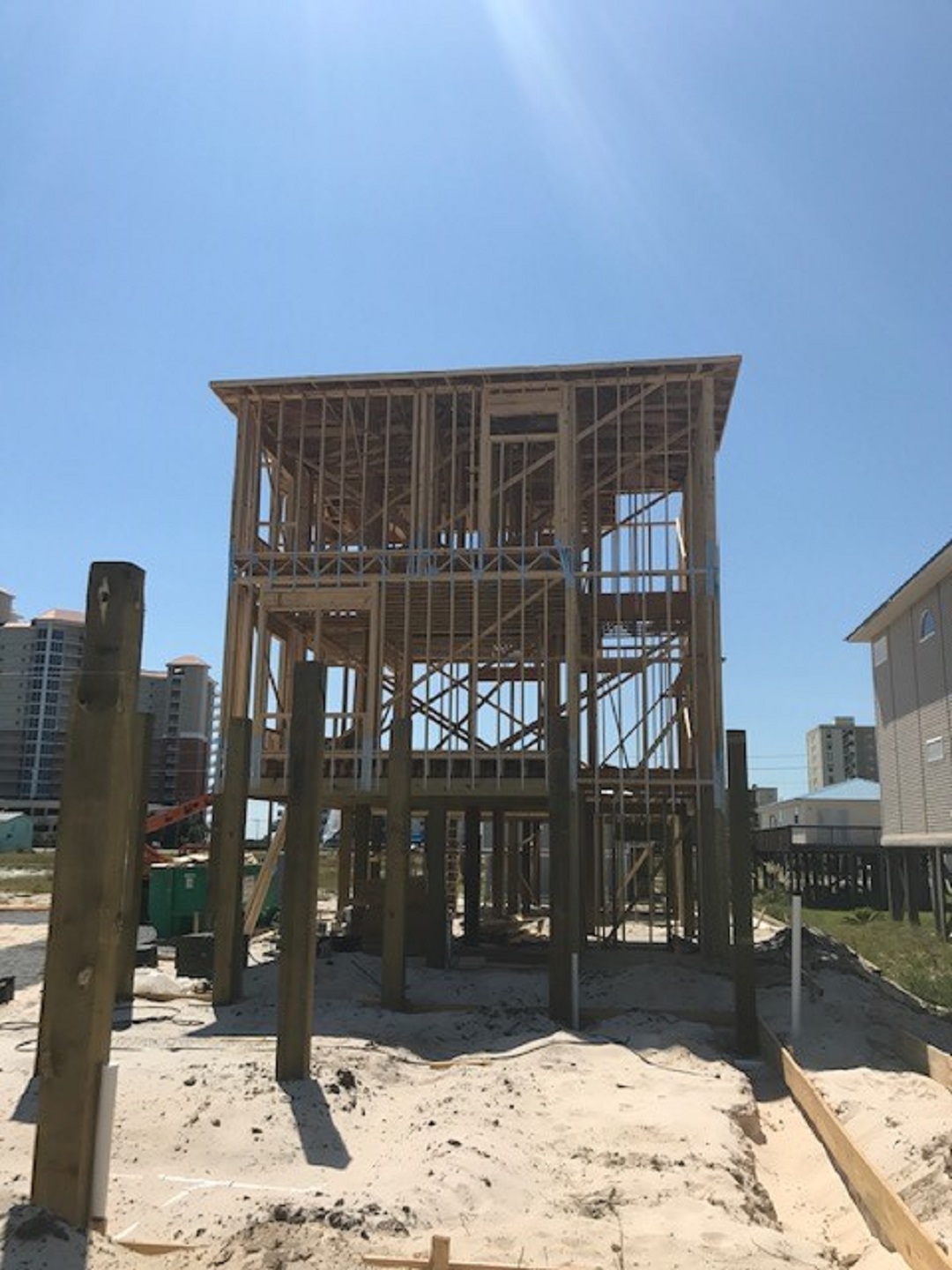
One of the most common misconceptions she hears regularly is that it’s too expensive to strengthen homes to withstand hurricanes. Or that there’s little that can be done because, well, Mother Nature.
That’s just not true, Cheryl says. The cost to retrofit is not as great as people think, and even small improvements can have a big impact.
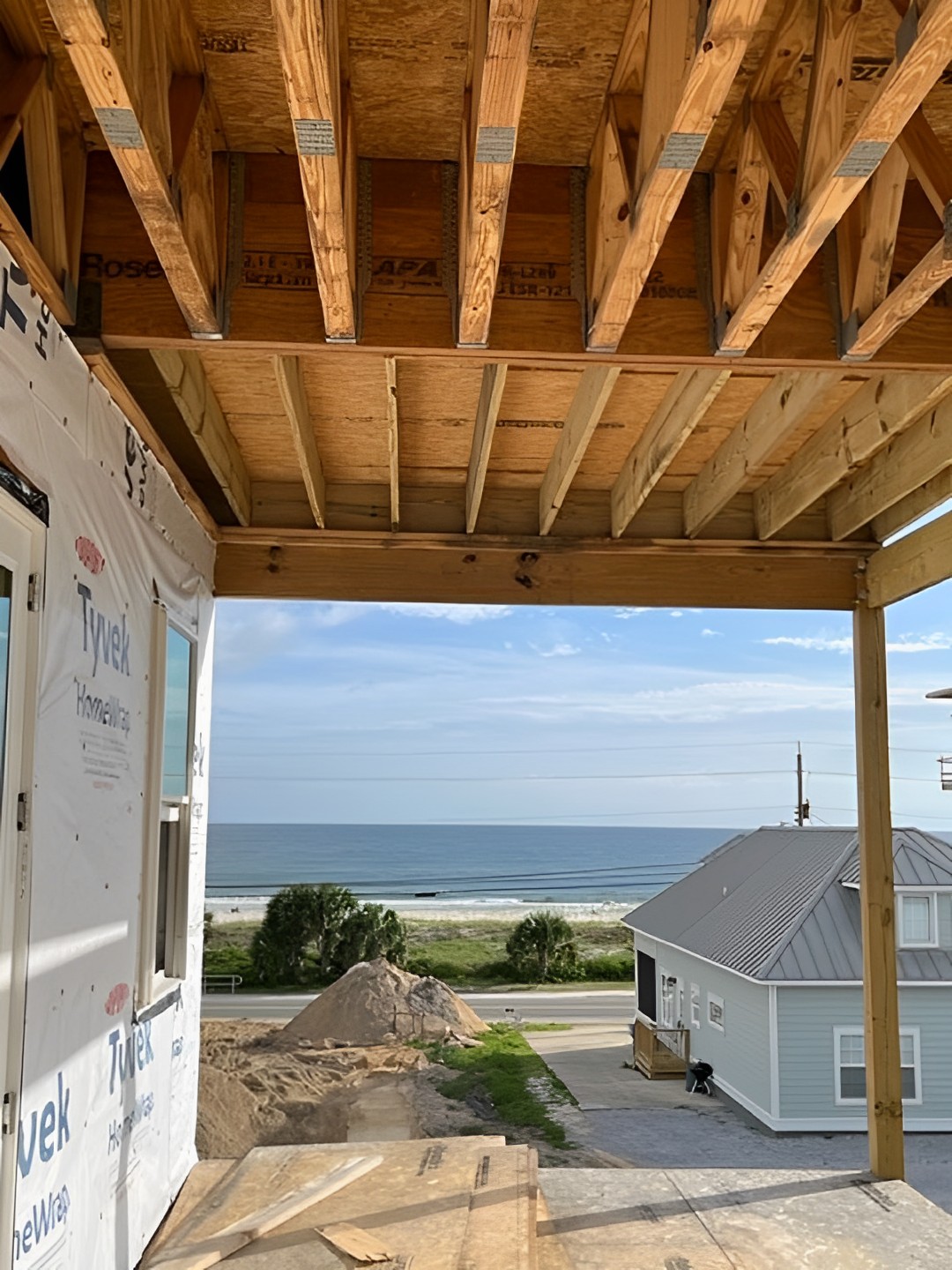
“Homeowners usually think it costs at least $10,000 in improvements to strengthen a home. They’re surprised to hear how inexpensive it can be. That even a $300-$500 in hurricane ties investment can greatly improve a home’s chances of surviving a hurricane,” she said.


Examples of lower-cost retrofit improvements include adding hurricane ties, like the H2.5A, the H10A or the new H1A, to strengthen the roof connection to the house structure or installing Strong-Drive® SDWC Truss screws to secure wall studs to bottom framing. It’s part of a building process known as “continuous load path,” which connects the foundation to the framing to the roof.
Cheryl explains it to homeowners like this: “I ask them, ‘Would you put your child in a car without seatbelts? No. Well, that’s what connectors are for your house. They’re the seatbelt that ties your house to your foundation’,” she explains.
It’s personally and professionally satisfying that her job is to help increase awareness about high-wind retrofit products that can help strengthen homes in her region. She enjoys hearing success stories from her customers, like Florida Retrofits. After Hurricane Michael hit in 2020, the retrofit contractors surveyed 113 homes near Mexico Beach, Florida, where they had added hurricane ties to older homes. None was damaged in the hurricane. (We featured their story in our video, “Surviving a Hurricane: A Hurricane-Resistant Solution.”)
Who can benefit from high-wind retrofits?
Homeowners who live in hurricane-prone areas, which are defined in the building code as regions where the basic wind speed is greater than 115 mph (as specified by ASCE American Society of Civil Engineers Minimum Design Loads for Buildings and Other Structures), should consider strengthening their homes. It’s especially worth considering for homes built before 1995. Prior to that date, for example, it was not uncommon for older homes not to be connected to the foundation or for roofs to be poorly connected to the house framing, Cheryl notes.
The Florida building code became stricter after Hurricane Andrew struck in 1992, and engineering teams who examined hurricane damage in Florida after Hurricane Michael found proof that the stronger codes were working. In one notable case, Cheryl recalled, six small Habitat for Humanity homes in Panama City that were built to the stricter standards were not only still standing after that Category 5 leveled many structures in the area, but were relatively undamaged.
“There’s a concerted forensic effort by engineers, including those at Simpson Strong-Tie, to survey damage after hurricanes, and these homes were proof that what we’re doing is working. An engineering team is currently doing a forensic examination of the area impacted by Hurricane Ian,” she said. “The stronger building codes are working.”
She often partners with Smart Home America in presenting educational workshops throughout the high- wind region in her tri-state territory.
One program Cheryl and Smart Home America point to in those workshops is the Insurance Institute for Business and Home Safety’s (IBHS) Fortified standard. It’s a voluntary construction standard designed to strengthen structures against severe weather such as high winds, hail hurricanes and tornados. IBHS estimates that every $1 spent on retrofits saves $8 in rebuilding costs. As a result, homes built to the Fortified designation can mean better insurance rates.
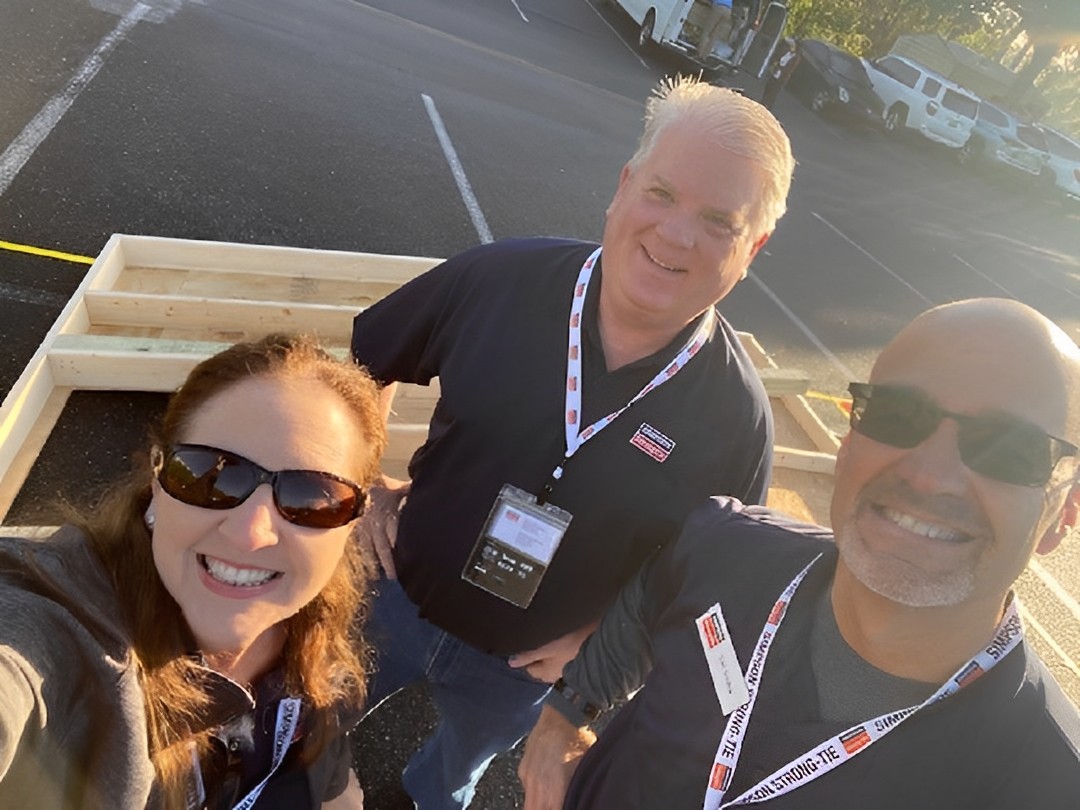
In addition to making sure specifiers in her region are aware of the full breadth of Simpson Strong-Tie high-wind products, Cheryl also talks to building officials and builders. One of the builders in her area now only builds to IBHS Fortified standards.
Among the newer resources Cheryl now hands out at educational workshops is a flier, High Wind Retrofit Solutions for Homeowners. This flier explains the different retrofit solutions that are available and rates them on the level of strength they provide. It’s also available to download here.
“Resiliency is the important word. It means homes will still be standing after a hurricane,” Cheryl said.
For more information on resources and products from Simpson Strong-Tie, visit strongtie.com/highwind.

